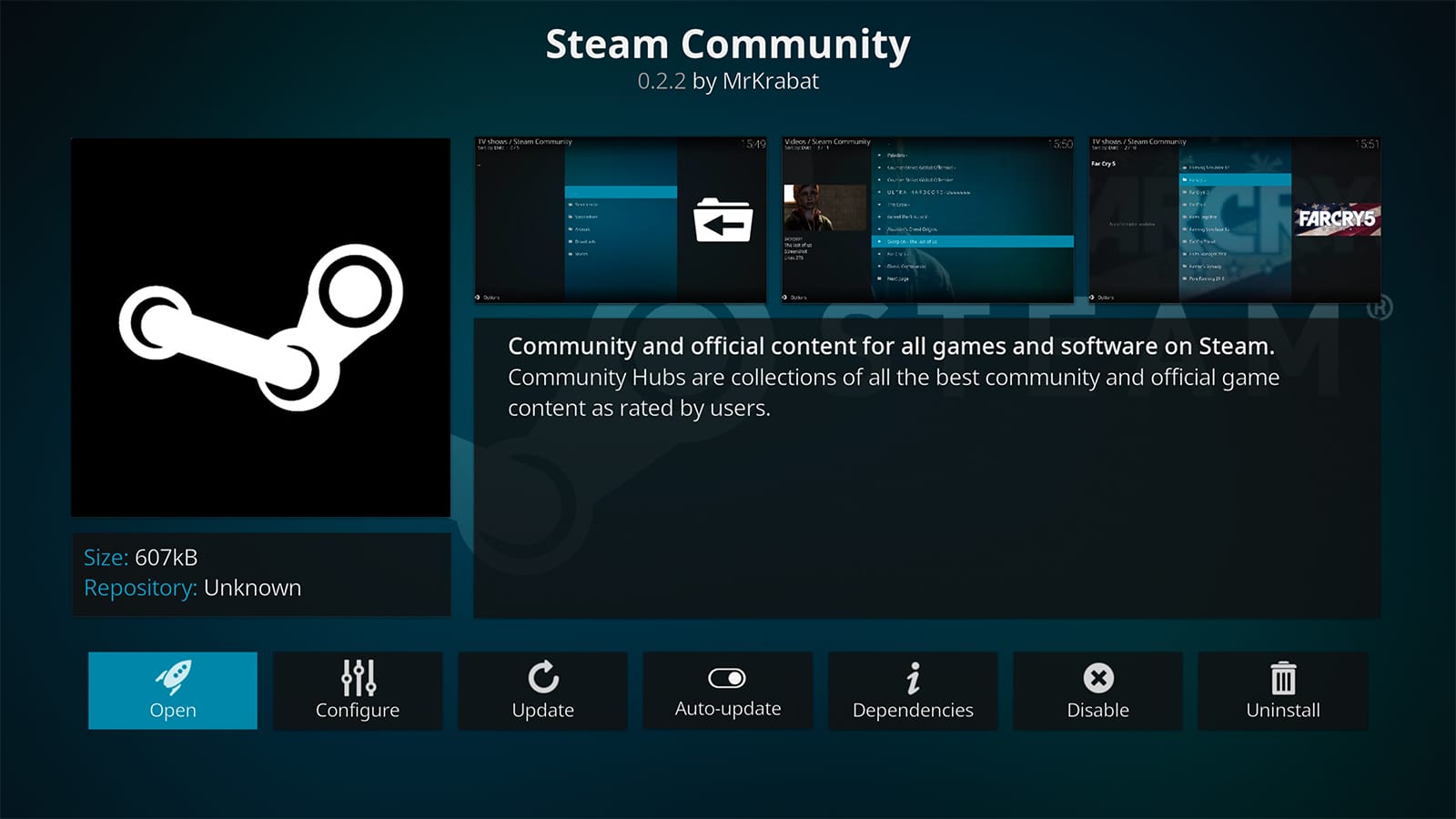

#Steam community download#
Many of the previous attacks enticed victims to download and run a SteamGuard.exe executable, which was actually malware designed to steal a special authentication file from the victim's computer.
#Steam community code#
The special access code is sent to the victim via email, so in order to fully compromise the Steam account, the fraudster must also compromise the victim's email account, trick the victim into disabling Steam Guard, or trick him into submitting the access code on behalf of the fraudster. Even if the phisher manages to steal a victim's Steam username and password, he will not be able to log into the account without also submitting a special access code. This in turn explains why many users have opted to increase the security of their accounts by enabling Steam Guard, which is essentially a two-factor authentication mechanism. Steam Trading makes it possible to monetize stolen Steam accounts, and provides an obvious incentive to go phishing on Steam. This gives the fraudsters additional time to monetize stolen accounts, as it is likely to be a few days before anyone can respond to a victim's compromised account enquiries. This is often thought to be a good time for these types of attack, as many technical support and customer services representatives are generally unavailable during this period. Interestingly, more than 600 of these URLs were used by attacks carried out on Christmas day. Netcraft has blocked a total of 2,000 unique Steam phishing URLs in the past three months alone.
#Steam community free#
Many of the other attacks against Steam users fall into the latter category, attempting to mimic the Steam brand by using less-convincing subdomains that are cheaper or free to obtain. The vast majority of phishing attacks against other targets, such as banks, are typically hosted on existing compromised websites (where the domain name obviously cannot be changed), or make use of specially crafted subdomains on free hosting platforms. It is very unusual for such a high proportion of a target's phishing attacks to make use of custom paid-for domain names.

After stealing a victim's credentials, it redirects the browser to the genuine Steam Community website.
#Steam community software#
Users may follow the community which will add the software to the user's list of followed software.First seen more than a year ago, the look-alike domain is still being used for Steam phishing attacks today. Steam will automatically suggest communities to the user based on software they own and have played recently however, it does not make the user follow the community for the software. Separate communities also do not have the feature to list content that has been posted recently Communities that are separate from the Hub are functionally identical with a few minor changes an extra tab labeled "Discussions" is present, the community displays the user's friends who own the software as well as the amount of users running the software currently, how many users are in the communities' group chat, the ability to follow the community and view achievement and leaderboard stats for the communities' respective software. As the name suggests, Most Popular provides content most favorable with users in the past week Most Recent provides content that has been posted recently.Ĭertain software may have its own community if the developer has enabled it using Steamworks. Users may switch between two different types of listing: Most Popular and Most Recent.

Despite the namesake, the "All" tab simply refers to all content from each tab. The Hub features 9 different tabs to narrow down what users may be looking for: All, Screenshots, Artwork, Broadcasts, Videos, Workshop, News, Guides and Reviews. Unlike most other algorithms, the Hub bases content on what is popular with users, instead of tailoring specific postings to what it thinks the user may prefer. In January of 2015, users gained the ability to stream content from software to its respective community via the Steam Overlay.Ĭommunity Activity, sometimes abbreviated as the Hub, is the combined effort of all communities across Steam, pulling content from individual communities and listing them here. In December, the ability to create walkthroughs and guides for games was added. In August of 2012, Valve added the ability for developers to make a community for their software via Steamworks, as well as showcasing certain communities to the Community hub page. Steam offers Communities based on software the user has run recently. Separate communities for software did not exist, and the Community tab only featured the Hub. The Steam Community was launched mid-2007, absorbing the Forums section and was limited in features.


 0 kommentar(er)
0 kommentar(er)
